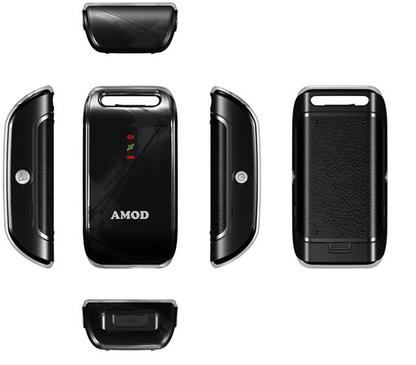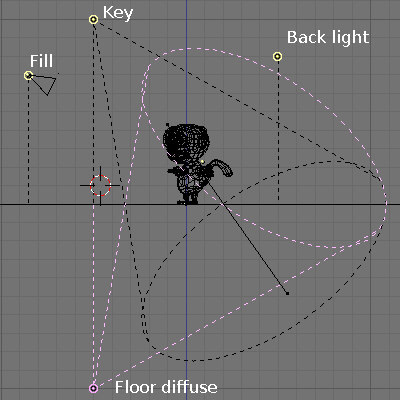The latest issue of the excellent The Big Picture at the Boston Globe, is about the Israeli assault on Hamas in the Gaza strip. While I was looking at the pictures, it dawned on me that the Israeli have a severe media problem. We only see the mighty war machine, the pyrotechnics and the unlucky hapless civilians caught in the middle. This is Hamas propaganda material served on a platter. Why are the Israeli letting the images sway public opinion against them ?
It is not the first time that Israel has to deal with adverse public opinion. Let’s take this example from 1982 by Jonathan F. Keiler in “Who Won the Battle of Fallujah ?” (January 2005 issue of Proceedings) :
“Dating from the siege of Beirut in 1982, Israel has practiced a complex and limited form of urban warfare. In Beirut, this involved a cordon around the city, accompanied by limited attacks with artillery, ground, and air forces to put pressure on the Palestinian Liberation Organization (PLO) and Syrian forces inside. The IDF did not launch a general assault on the city; it awaited a political solution that resulted in evacuation of enemy forces under the auspices of outside powers. Despite the IDF’s restraint, it was depicted as little short of barbaric by much of the international media. The PLO’s evacuation was treated as a victory parade, rather than the retreat it was, and the PLO lived to fight another day. The battle was a tactical victory for Israel, but a strategic defeat.
The Beirut experience and ongoing domestic and international pressures color Israeli doctrine. Throughout the current struggle, the IDF generally has not occupied Palestinian cities, a notable exception being seizure of the Jenin refugee camp. The Jenin operation is the exception that proves the rule: the IDF was castigated for its assault on Jenin and falsely accused of perpetrating a massacre”.
Palestinian civilian deaths cost Israel a lot of international support – it is in Israel’s best interests to avoid them. With the hypothesis that Israel is a more or less rational player, we can posit that they are taking precautions against them – and that is what has been historically shown. But whatever the precautions, striking targets embedded within urban zones and with no no prior evacuation of civilians causes significant collateral damage, especially if the presence of civilian near targets is not entirely incidental. So the Palestinian civilian death toll should not come as a surprise to anyone. Israel had enough experience to know that it was going to have a major media crisis on its hands. So why has Israel let adverse news leak so easily ? They are obviously trying to control the media by banning journalists from Gaza, but this action actually has an adverse effect : the result is that Palestinian voices are dominating the media.
Other players have shown that keeping a lid over ongoing politically sensitive military and twisting them in a favorable way is practically possible, even in the age of ubiquitous satellite communications. In “Grozny 2000: Urban Combat Lessons Learned” by Timothy L. Thomas of the Foreign Military Studies Office at Fort Leavenworth, we read that the information war was successfully made a priority by the Russians :
“In 1995 the Russian government lost the propaganda war by default. This time it made every effort to control the media and ensure that its view of the war dominated public opinion. Russia won this information war from day one of the fighting and is still winning. The government and military control access to combatants and censor reporting that could undermine support for the war. Reports of Russian military successes have fueled support for military activities among the populace. However, some military spokesmen have altered the facts and limited independent reporting so much that it is difficult to separate fact from fiction.
With few exceptions, Russian journalists have not complained about the media management, and instead have picked up much of the military’s jargon, such as references to “working” in the city instead of bombing or assaulting. Media control was formalized in December 1999 through the mechanism of Resolution Number 1538. The President of the Russian Federation created the Russian Information Center whose job it was to filter information before providing it to the mass media and to control the dissemination of foreign information. Such tight media control was absent in the first fight for Grozny, and it cost the Russians dearly. One analyst noted that after the first Chechen war, the Russian military came to the conclusion that they had to first play out the information war against the Chechen resistance, as in their opinion the Chechens had succeeded in morally disarming public opinion in Russia”.
In Gaza, this battle is being won by Hamas and Israel does not seem to be performing information warfare any better than Russia in 1995. Considering how sophisticated the Israeli intelligence apparatus is reputed to be, one can only wonder at such poor performance. Hamas on the other hand can happily stand back and watch Israel do all the work for them.
Recently, the United States did a much better media control job at Fallujah. Media coverage was quite tame and few images leaked outside of the United States military approval. It may be because the United States took care of cordonning off Fallujah and emptying it of its population as much as possible before assaulting. At the time, Rory McCarthy estimated that “many of Falluja’s 200,000 to 300,000 residents fled the city before the assault, between 30,000 and 50,000 are believed to have remained during the fighting“. Israeli precipitation precluded such evacuation in Gaza, and it is dubious that they could have afforded that luxury either given the lack of destination for potential evacuees. But they could have emulated some practices such as embedding journalists. The newly published “Tactique Générale” manual (FT-02) of the French Armée de Terre mentions that in every Marine company in Fallujah there were four or five embedded journalists. With empathy toward the troops they are following, the embedded journalists can provide a semblance of counterweight to the insurgent’s natural propaganda support.
Hamas ruthlessly censors how Gaza is painted in the media – journalists don’t seem to mind too much and the public does not seem to even notice. Maybe Israel could have done a better job of suppressing information channels, but it cannot operate the same way as Hamas : letting reporters roam with relative freedom is one of the costs of operating as a democracy. The problem is that the free flow of information is antinomic to media warfare. States such as Israel are left with a difficult dilemma : protecting a free society with authoritarian methods is the path toward corruption, and the United States have sufficiently illustrated that fact. But after all, maybe the target audience of Israel’s actions is in Gaza, not in the rest of the world.


